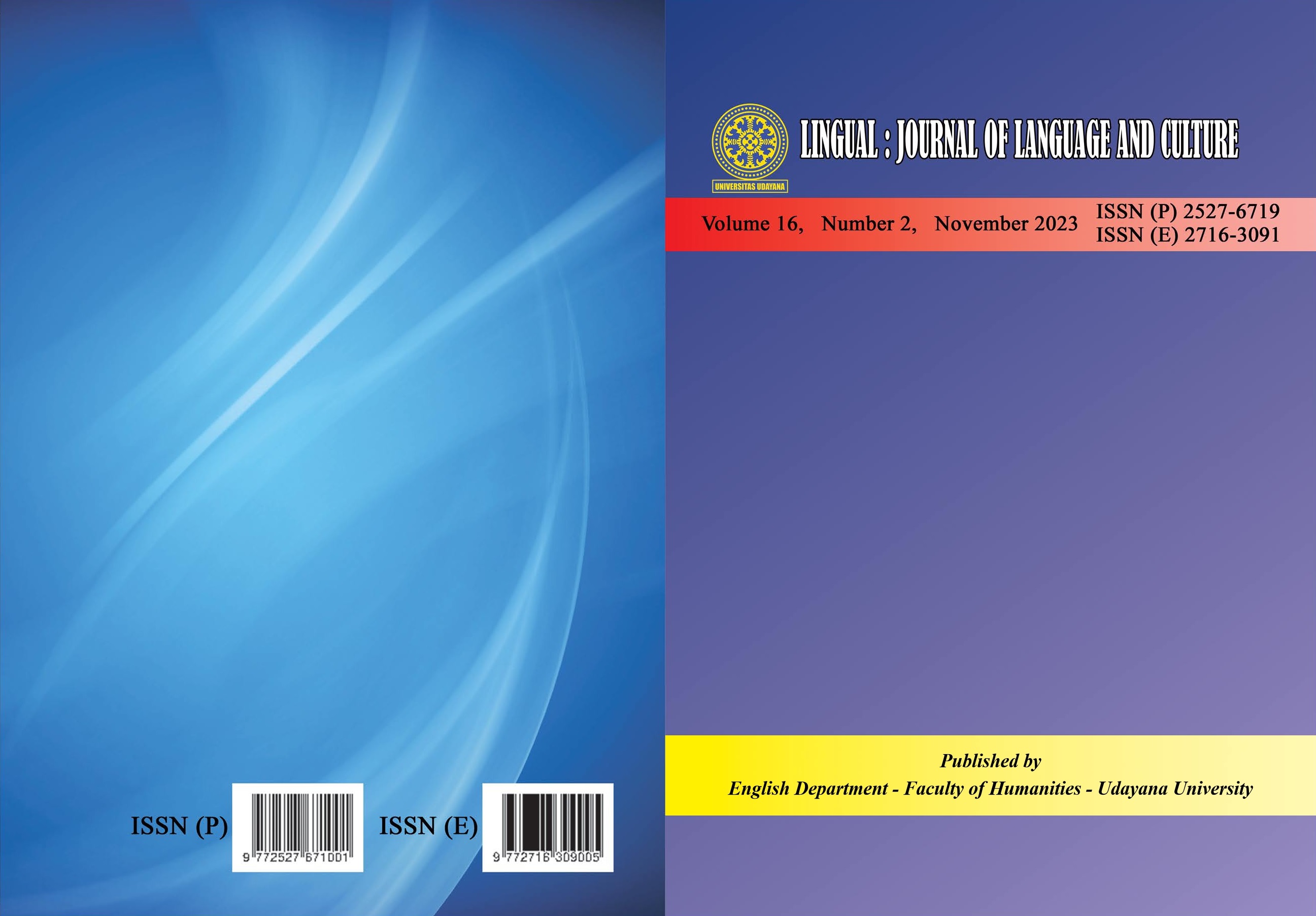Question Nouns and Clause-Typing in Yoruba
Abstract
Interrogative sentences are deployed to perform speech acts of asking questions or making requests. Interestingly, the syntax of interrogatives in Yorùbá has attracted the attention of many researchers in the language (Ìl??rí, 2010: ?lá?rewájú & Táíwò, 2020: ?lá?rewájú 2022). However, the correct feature specification and syntactic behaviour of question nouns (hence, QNs) are yet to be given adequate attention. Some of the extant works in the language equate QNs in Yorùbá with wh-phrases of English and some other Indo-European languages, This paper, within the confines of the Chomsky’s Minimalist Program, discusses the two existing views on how constituent interrogatives involving QNs are clause-typed (the traditional opinion hypothesizing that QNs are the question makers in constituent interrogatives while the other position holds the views that an abstract question morpheme clause-types a sentence as a constituent question). This paper lays some claims to support the traditional position that a clause is typed a constituent question by the transfer of the question force [QF] on a QN to the Inter0 through specifier and head agreement. Primary and secondary data were collected and subjected to syntactic analysis. QNs in the language are ta ‘who’ and kí ‘what’, èló ‘how much’, mélòó ‘how many’ and so on. Polysyllabic QNs are derivational in the language. Yorùbá content word questions, relative clauses, adverbials and so on are not signalled in wh-encripts unlike English. The language operates different functional heads to clause-type them.












